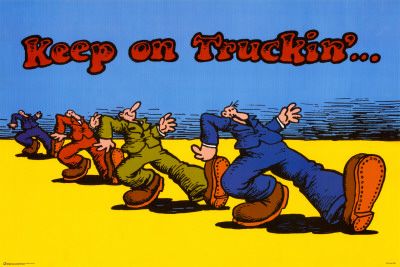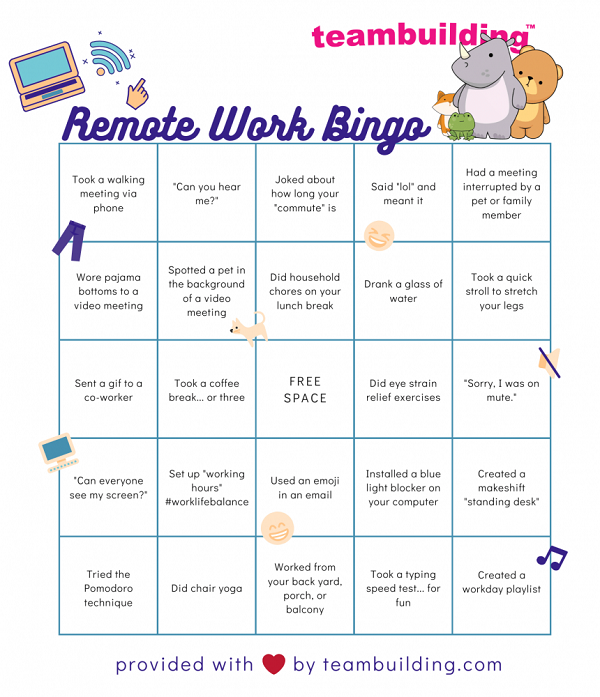Start by doing what’s necessary, then do what’s possible, and suddenly
you are doing the impossible.
—St. Francis of AssisiKeep on Truckin’ is an oldie but goodie slogan from the 60s (some reports even say from the 30s!) that to many simply meant “hang in there”. Seems like this a good time to remind ourselves, and others, to do just that!
Even those with the most positive mindset are feeling worn-out. When will we have normalcy, and what will define the new normal? No one knows the answer, but we can define how we address the unknowns, and hopefully along the way also help others.
Components required for success have not changed. Goals still need to be achieved with our vision and mission continually supported. Innovative thinking and enhancing existing processes are never ending, and we need to be aware of how we feel, and even more importantly be acutely aware if our attitude is dimming. So, what can we do?
Success contributor Lydia Sweatt provides 17 quotes to help us with a refresh.
- Your limitation—it’s only your imagination.
- Push yourself because no one else is going to do it for you.
- Sometimes later becomes never. Do it now.
- Great things never come from comfort zones.
- Dream it. Wish it. Do it.
- Success doesn’t just find you. You have to go out and get it.
- The harder you work for something, the greater you’ll feel when you achieve it.
- Dream bigger. Do bigger.
- Don’t stop when you’re tired. Stop when you’re done.
- Wake up with determination. Go to bed with satisfaction.
- Do something today that your future self will thank you for.
- Little things make big days.
- It’s going to be hard, but hard does not mean impossible.
- Don’t wait for opportunity. Create it.
- Sometimes we’re tested not to show our weaknesses, but to discover our strengths.
- The key to success is to focus on goals, not obstacles.
- Dream it. Believe it. Build it.
Do you have any favorites? Did any make you smile or maybe even cringe? One of our favorites is Wake up with determination. Go to bed with satisfaction.
Hang in there!
The comeback is always stronger than the setback.
Dr. Jill Murray










